Customs clearance is important in international trade, ensuring that imported or exported goods comply with the destination country’s regulations. In India, the customs clearance process involves various steps, including document verification, duty payment, and thorough inspection of shipments. This procedure is vital for the smooth flow of goods across borders and helps businesses avoid costly delays, penalties, or confiscation of their cargo.
For businesses involved in global trade, understanding the documents required for customs clearance in India is essential to streamline logistics and avoid unnecessary disruptions. Whether importing inventory or exporting finished goods, an effective customs clearance process is critical to ensuring profitability and operational flexibility.
This article gives an overview of the customs clearance procedures and the documentation for successful import-export operations in India.
Documents Required for Export Customs Clearance
Exporting goods from India involves a detailed customs clearance process, which mandates the submission of several documents to ensure smooth shipment and compliance with international trade laws. Here’s an overview of the key documents required for export customs clearance:
- Proforma Invoice: A preliminary invoice issued to the buyer before finalizing the sale, detailing the goods, pricing, and terms of trade.
- Customs Packing List: This list provides information about the packaging of goods, including dimensions, weight, and quantity, aiding customs authorities in verifying the shipment.
- Country of Origin Certificate (COO): A document certifying the origin of the goods required to meet trade agreements or customs tariffs.
- Commercial Invoice: A final bill that outlines the sale transaction, including product details, price, and payment terms, used for customs valuation.
- Shipping Bill: A crucial document for the export process, the shipping bill contains the details of goods being exported and acts as an application to customs for clearance.
- Bill of Lading or Airway Bill: Acts as proof of shipment and the title to the goods issued by the carrier.
- Bill of Sight: Submitted when a detailed description of goods is unavailable, allowing a temporary clearance.
- Letter of Credit: This is a payment guarantee from the buyer’s bank, ensuring the exporter receives payment once shipment terms are met.
- Bill of Exchange: A financial document used to claim payment from the buyer’s bank under a letter of credit.
- Export License: Mandatory for restricted goods; the license ensures compliance with export regulations.
- Warehouse Receipt: Confirms that goods have been stored in a customs warehouse, often used for duty deferral.
- Health Certificates: These are required for goods like food or pharmaceuticals, certifying that they meet the health standards of the importing country.
Also Read: Customs Clearance and Compliance Management Software
Documents Required for Imports Customs Clearance
When importing goods into India, businesses must submit various documents to facilitate the customs clearance process and ensure compliance with regulatory requirements. Below is an overview of the essential documents needed for smooth import customs clearance:
- Bill of Entry: The importer files this important document detailing the imported goods for customs clearance and calculating duties.
- Commercial Invoice: The exporter issues this invoice, providing a detailed description of the products, quantity, and price for customs to assess value and calculate duties.
- Bill of Lading or Airway Bill: This is proof of shipment issued by the carrier, essential for customs clearance and as a receipt of the goods.
- Import License: This license is required for restricted goods and ensures that the importer has the necessary approval to bring specific products into the country.
- Certificate of Insurance: This document details insurance coverage for the imported goods during transit.
- Letter of Credit (LC): A financial document guaranteeing the exporter’s payment upon fulfilling the contract’s terms.
- Technical Write-up or Literature: Necessary for the import of specific technical or industrial goods, explaining the nature and function of the items.
- Industrial License: Required to import restricted industrial goods, ensuring the importer meets government regulations.
- Test Report: Needed for goods requiring testing, such as chemicals or electronics, to confirm compliance with safety or quality standards.
- RCMC (Registration cum Membership Certificate): Issued by trade promotion bodies, this certificate is required for availing export-import benefits under government schemes.
- GATT/DGFT Declaration: A declaration that confirms compliance with World Trade Organization (WTO) guidelines and India’s Directorate General of Foreign Trade (DGFT) regulations.
- DEEC/DEPB/ECGC License: Licenses that provide duty benefits or export incentives under various government schemes.
Customs Clearance Process for Exports
The customs clearance process for exports in India involves several steps that ensure compliance with regulations and smooth shipment to international markets. Here’s a detailed look at each stage:
- Submission of Shipping Bill through the Indian Customs Electronic Data Interchange System (ICES): The first step in the export clearance process is submitting a Shipping Bill. This document provides customs with critical details about the shipment, including product description, quantity, value, and the destination country. The process has been made more efficient using the Indian Customs Electronic Data Interchange System (ICES), which allows exporters to submit shipping documents electronically, speeding up customs processing and reducing paperwork.
- Classification of Goods Using Harmonized System of Nomenclature (HSN) Codes: Proper classification of goods under the Harmonized System of Nomenclature (HSN) codes is essential for determining applicable duties and ensuring compliance with customs regulations. Exporters can use Intoglo’s AI-powered HS Code Scanner to simplify this process. This advanced tool allows you to upload a product image and instantly receive the appropriate US-specific HS code and the corresponding tariffs.
The AI-powered scanner ensures quick and accurate classification, eliminating manual errors and saving time, mainly when dealing with complex products. Streamlining the classification process helps exporters ensure their goods are correctly categorized for customs purposes and avoid unnecessary delays.
- Physical Examination of Goods for Verification: Depending on the type of goods, the customs authorities may select shipments for a physical examination. This step involves inspecting goods to verify that the shipment matches the details provided in the shipping bill and accompanying documents. While some shipments are cleared without inspection, others are chosen based on risk assessment or random selection.
- Payment of Assessed Duties and Taxes: After the goods have been classified and inspected, customs assess the applicable duties and taxes.Depending on the country you are exporting to, export duties may vary. You can use tools like the HS Code Scanner to check customs duties for your specific category of goods
- Issuance of Clearance Certificate: The authorities issue a clearance certificate after customs verifies the goods and payments. This certificate shows that the shipment has passed all necessary checks and is authorized for export. It is a crucial document that the shipping carrier must receive to transport the goods.
- Transport of Goods to the Final Destination: With customs clearance, the goods are loaded onto the appropriate transport, whether by sea, air, or land. A Bill of Lading (for sea transport) or Airway Bill (for air transport) is issued, which serves as proof of shipment. The goods are then shipped to their final destination, ensuring compliance with all international trade and logistics protocols.
Customs Clearance Process for Imports
The customs clearance process for imports in India involves a series of steps to ensure that goods comply with legal and regulatory requirements before entering the domestic market. Here’s a detailed look at the key steps involved in the process:
- Submission of Bill of Entry through ICES: The first step in the import process is submitting a Bill of Entry. This document is filed electronically through the Indian Customs Electronic Data Interchange System (ICES). It serves as a declaration to customs authorities regarding the nature, quantity, and value of the imported goods. The Bill of Entry is essential for customs to begin the clearance process, and it must be submitted along with supporting documents like the commercial invoice and bill of lading.
- Valuation of Goods for Duty Assessment: Once the Bill of Entry is submitted, customs authorities assess the value of the goods to determine applicable duties and taxes. This valuation is based on the transaction value or, in some cases, the market value. Accurate valuation is crucial as it directly impacts the amount of customs duty and other charges the importer must pay.
- Inspection and Examination of Goods: Customs may physically inspect and examine the imported goods. This step ensures that the goods match the details in the Bill of Entry and other documents, such as the commercial invoice and packing list. Certain products, especially restricted or sensitive goods, are more likely to undergo a thorough examination to verify compliance with import regulations.
- Payment of Assessed Duties and Taxes: After the inspection, customs authorities calculate the applicable duties, taxes, and any additional fees based on the value of the goods. Before the goods are released, the importer must pay all assessed charges, including customs duty, GST, and any applicable cess. Payment can be made electronically through the ICES system to expedite the process.
- Issuance of Clearance Certificate: Once you pay the duties and taxes, customs will issue a clearance certificate, also known as an “Out of Charge” order. This document confirms that customs have cleared the goods and are ready to be released for further processing or transportation. Without this certificate, you can not take the goods out of the customs-controlled area.
- Transport to Final Destination: After customs clearance is completed, the importer can arrange to transport the goods to their final destination. Depending on the nature of the shipment, this may involve coordination with freight forwarders or logistics providers to ensure safe and timely delivery. The goods are ready to enter the domestic market for distribution or use at this stage.
Also Read: GST on Transportation Charges and Rates
Customs Clearance Charges
When importing goods into India, you must pay various charges to complete the customs clearance process. These expenses can significantly impact the cost of importing goods and should be factored into your planning and budgeting. Below is an overview of the critical customs clearance charges:
Customs Duty (Based on Product Type, Value, and Origin):
Customs Duty is the primary tax on imported goods, computed using the product’s categorization, value, and country of origin. The duty rates vary across product categories, with higher duties often imposed on luxury items or products from countries that do not have favorable trade agreements with India. Customs Duty includes Basic Customs Duty (BCD) and additional duties like the Social Welfare Surcharge, depending on the item.
Goods and Services Tax (GST) Applied to Imports
Imports into India are subject to Goods and Services Tax (GST), similar to domestic transactions. GST is calculated based on the value of the imported goods, including customs duties. The applicable GST rate depends on the product category and is determined by India’s GST schedule. Importers must pay this tax to release their goods from customs.
Handling and Processing Fees
Handling and processing fees cover the administrative costs of processing customs documentation and inspecting goods. These fees are typically imposed by port authorities or logistics providers and may vary depending on the complexity and size of the shipment.
Inspection and Examination Fees
If customs authorities decide to inspect the goods, inspection and examination fees may be charged. These fees cover the cost of labor and resources used during the physical inspection and verification of the imported goods. Inspections are often triggered for high-risk goods, large shipments, or items requiring special clearance.
Brokerage Fees Paid to Customs Brokers
Many importers hire customs brokers to handle the clearance process, especially for complex shipments. Customs brokers verify that all documentation is valid and comprehensive, and they help you navigate the customs process. The fees paid to these brokers vary depending on the shipment’s complexity and the services provided, such as document preparation, duty payment, and compliance.
Storage Fees for Goods Held in Customs Warehouses
Storage fees may apply if goods are held in customs warehouses while awaiting clearance. These fees are typically charged per day and can accumulate if there are delays in documentation, inspections, or duty payment. Importers should aim to clear goods promptly to avoid high storage costs.
Port Charges for Using Port Facilities
Port charges cover the cost of using port infrastructure and services while unloading, handling, and storing imported goods. These fees vary based on the port, the type of goods, and the duration the shipment remains at the port. Charges can include terminal handling fees, container storage charges, and other associated costs for maintaining goods at the port.
Additional Costs in the Customs Clearance Process
In addition to the standard customs duties and taxes, importers may face additional costs during customs clearance. These costs arise from delays, non-compliance, or special circumstances and can significantly increase the total cost of importing goods. Below are the key additional costs:
- Agent Charges for Customs Brokers/Agents: Customs brokers or clearing agents help importers navigate the complex customs clearance process, particularly when dealing with large or complicated shipments. Their services include document preparation, duty calculation, and liaison with customs authorities. While these brokers provide valuable expertise, they charge agent fees. The cost depends on the shipment’s nature and customs procedures’ complexity.
- Demurrage Fees for Extended Storage: Demurrage fees are charged when goods remain at the port or in a customs warehouse for longer than the allowed free storage period. These fees can quickly accumulate if there are delays in customs clearance due to incomplete documentation, inspections, or unpaid duties.
Demurrage fees vary daily depending on the port and the type of goods that are stored. To avoid high demurrage costs, importers should ensure that all documentation is prepared and that clearance is completed as quickly as possible.
- Penalty Fees for Non-Compliance with Regulations:
Customs authorities impose penalty fees for non-compliance with import regulations. These penalties can arise from inaccurate or incomplete documentation, misclassification of goods, under-declaration of value, or violation of import restrictions.
Penalties can vary depending on the violation and include fines or seizure of goods. Importers must ensure strict compliance with customs regulations to avoid these costly penalties.
- Re-export Fees for Returning Goods:
In some cases, goods may need to be re-exported if they fail to meet local regulations, are defective, or are subject to trade restrictions. Re-exporting goods incurs additional costs, such as re-export fees and any associated handling and transport costs.
These fees can be substantial, particularly if goods are held in customs for extended periods before being re-exported. Re-exporting can also involve re-initiating the customs clearance process in the destination country, adding further expense.
- Amendment Fees for Correcting Documentation Errors:
If errors are found in the customs documentation—such as mistakes in the Bill of Entry, HSN code, or shipping details—importers may need to pay amendment fees to correct them.
Customs authorities charge fees for changing previously submitted documents, which can delay the clearance process. You can avoid these fees by ensuring all documentation is accurate and complete before submission.
To help importers reduce the burden of demurrage fees and enhance efficiency, Intoglo offers a unique benefit: 10 free days of storage at U.S. ports when using premium shipping lines. This valuable service gives businesses extra time to complete customs clearance without the pressure of accumulating demurrage charges.
Intoglo: Key Services for Seamless Cross-Border Shipping and Custom Clearance
- Ensures hassle-free door-to-door seamless container shipping.
- A complete layerless operation- direct partnerships with shipping lines, truckers, and customs brokers to avoid delays.
- Provides customs bond support for smooth entry into the U.S. market.
- Dedicated team for real-time communication with the U.S.-based consignees.
- Experience in shipping diverse goods, including food, automotive parts, and beauty items.
- Clear, upfront pricing with no hidden fees.
- Real-time tracking and multi-shipment management for end-to-end visibility.
Conclusion
Navigating India’s import-export customs clearance procedure requires thorough knowledge of regulations, accurate documentation, and timely compliance. From obtaining import-export licenses to meeting the necessary customs documentation requirements, every step is crucial to ensuring a smooth and efficient process. Delays or errors can lead to additional costs, such as demurrage fees or penalties, which makes it essential to stay organized and work with trusted professionals.
If you’re looking for a hassle-free import-export experience between India and the USA, Intoglo’s door-to-door FCL shipping service is designed to make shipping easier and faster. With expert customs brokers, customs bond services, and the ability to complete customs entry before shipment arrival in the USA, we help you avoid costly delays. Our dedicated and experienced CHAs at all major ports in India and USA, our in-house compliance team, and our express clearance facilities ensure a smooth process from start to finish.
Let Intoglo handle the complexities of customs clearance so you can focus on growing your business.


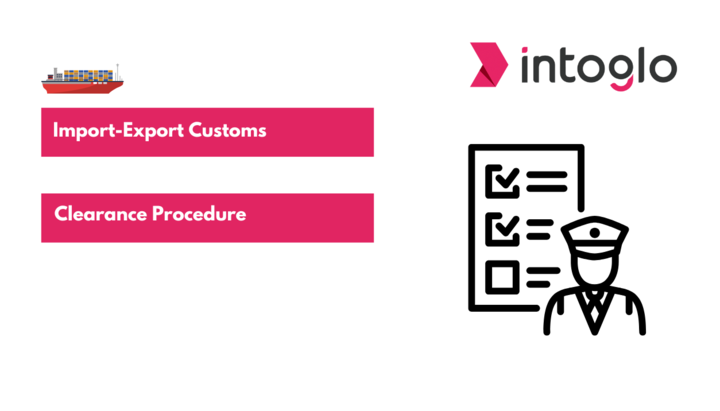
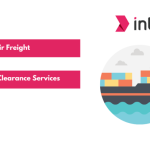
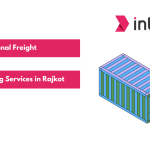
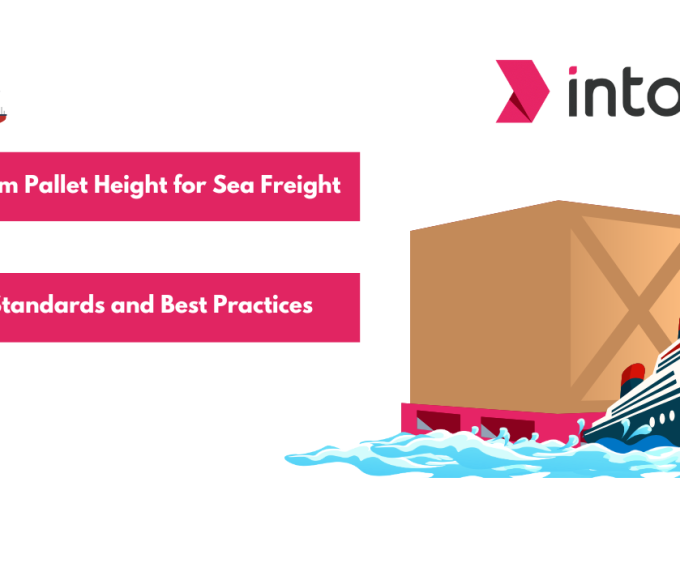

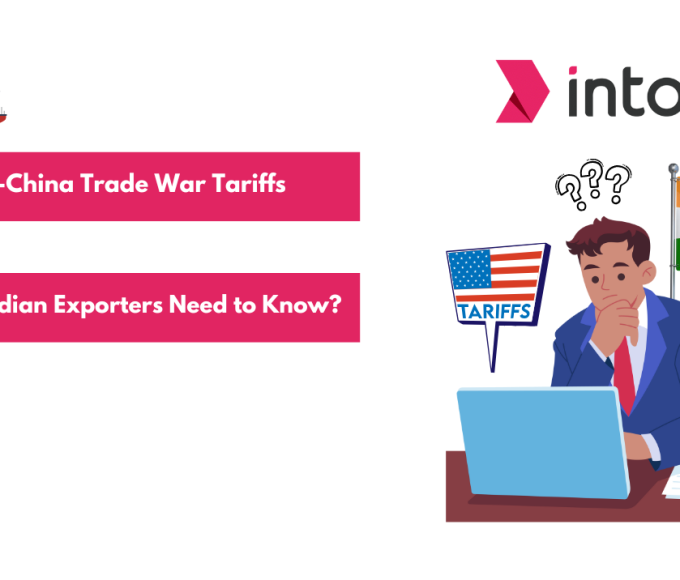
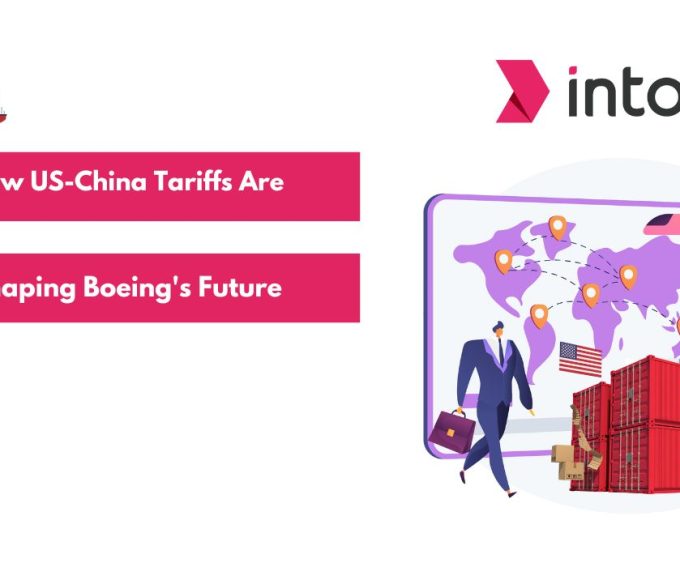
Leave a comment